Introduction

Thypoch’s third lens – after the Simera 28mm 1.4 and Simera 35mm 1.4 – is this Eureka 50mm 2.0. What is special about it: it is a collapsible lens that needs to be extended first in order to use it. The two wide angle lenses featured complex modern designs whereas this one takes more of a classic approach, so let’s find out what it is capable of.
This lens will be reviewed on the 42mp Sony A7rII and the 24mp Leica M10.
Sample Images





Most of the sample images in this review can be found in full resolution here.
Contents
Specifications
This Thypoch Eureka 50mm 2.0 has the following specifications:
-
- Diameter: 50 mm
- Field of view: 47° (diagonally)
- Length: 27 mm (collapsed) – 41 mm (extended) without hood
- Weight: 120g (aluminium), 218g (brass)
- Filter Diameter: A36*
- Number of Aperture Blades: 12 (rounded)
- Elements/Groups: 6/4

- Close Focusing Distance: 0.9 m (measured)
- Maximum Magnification: 1:15.2 (measured)
- Mount: Leica-M
*a clamp-on UV filter ships with the lens, it is not possible to attach other screw-on filters
buy from manufacturer’s shop (use code PRNET for free shipping) | ebay.com | ebay.de | B&H (affiliate links) for $579 (aluminium) to $859 (brass)
Disclosure
Thypoch lend me a sample of this lens for reviewing purposes. Thanks a lot!
Handling / Build Quality

There are two different versions of the Thypoch 50mm 2.0 Eureka available: an aluminium one and a brass one. The aluminium version is lighter (120g vs 218g), but there are also people that prefer heavier lenses made from brass due to a potentially higher durability. I received an aluminium version as review sample.
Obviously we need to talk about this being a collapsible lens. In its collapsed state it takes up less space, in order to take pictures with it, you always have to extend it first though. The mechanism feels solid and sturdy, in its extended stage the front cam can be locked by a slight rotation.
The lens also ships with a clamp-on UV/Protection filter and a clamp-on lens hood. Both can be used separately or at the same time. I did not see a way to attach normal screw on filters.
If you still want to be able to collapse or extend the lens with hood or filter attached, you need to seriously tighten their locking screws, as there will be nothing else left to grab the moving cam with the optical block.
The focus ring has a nice, even resistance and turns exactly 180° from the minimum focus distance of 1.0 m to infinity. Like the M-mount versions of the Thypoch Simera 28mm 1.4 and 35mm 1.4 also this lens features an infinity lock that somewhat doubles as a focus lever.
The aperture ring is located at the front. It features full stop markings which are not equidistantly spaced and no click stops.
The lens brings up the correct 50/75mm frameline set. Without the hood there is no rangefinder blockage, when using the hood alone there is still none at infinity but a tiny bit at the minimum focus distance, when using the hood and the UV filter there is a tiny bit at infinity and a little at the minimum focus distance.

While this Thypoch Eureka 50mm 2.0 is a small lens in its collapsed state, there are also some 50mm M-mount lenses available that are as small as this lens, yet don’t even need to be extended. For example the Light Lens Lab 50mm 2.0 Elcan or the Voigtländer 50mm 2.5 Color-Skopar.

When using Sony E or Nikon Z mount cameras you can e.g. pair this lens with the TTArtisan 6-bit adapter to get EXIF data or with the Techart LM-EA9 adapter to get autofocus. As is the case with most lenses, the autofocus will work well in the central part of the frame, but only hunts outside of that area.

There is also an ambiguous french writing hidden inside the lens as a bit of an easter egg.
Vignetting
light falloff

| f/2.0 | 2.5 EV |
| f/2.8 | 1.7 EV |
| f/4.0 | 0.9 EV |
| f/5.6 - f/16 | 0.5 EV |
The vignetting figures are very similar to the Light Lens Lab 50mm 2.0 Elcan and the Light Lens Lab 50mm 2.0 SPII, so they seem to be about average for a 50mm f/2.0 M-mount lens.

It is recommended to have a look at this article first to get an idea how this brightness graph works.
optical vignetting
In the following comparison we move from the center (left) to the extreme corner (right) and see how the shape of the light circle changes.
Slim and long lenses often show a high amount of optical vignetting and this Thypoch 50mm 2.0 is no exception. Good news are: the out of focus light points are evenly lit without any outlining (like the Elcan shows) or onion ring structures thanks to the lack of any aspherical elements.
Sharpness
Focus shift
Similar to the Light Lens Lab 50mm 2.0 Elcan also this Thypoch lens shows strong focus shift, especially when stopping down from f/2.8 to f/4.0. But at closer distances also at f/2.8 it might enough to throw the subject out of the focal plane. If relying on the rangefinder to focus I would try to avoid the f/4.0 setting and probably also the f/2.8 one.
infinity (42mp Sony A7rII, 24mp Leica M10)

There are clearly some things to talk about here.
The rangefinder reading and the infinity hard stop match, but the lens shows the best performance slightly before that, hence the lens looks worse in the center on the M10 here. On the Sony camera I finetuned focus with liveview.
On both cameras we also see the negative impact of focus shift at this distance. If you used the rangefinder/hard stop to focus it takes stopping down to f/11 for the deepter depth of field to counteract the negative impact of field curvature.
On the Sony camera – where I was able to set more precise focus at f/2.0 – it still takes stopping down to f/8.0 for the central part of the frame to look as good again as it did at f/2.0.
On the Leica the midframe looks pretty good from f/2.0 and also the corners don’t look that bad, for best across frame performance I would still use f/11. If taking focus shift out of the equation maybe also f/8.0 would be sufficient.
On the Sony camera we see a slight midzone dip, but the corners look very similar to using this lens on the Leica camera. With finetuning focus maybe even f/5.6 would be sufficient for good across frame performance.
What is the takeaway message here? The performance at f/2.0 is pretty decent. By latest f/11 the lens shows good across frame performance in any condition and on any camera. If you are using a camera equipped with liveview, I would recommend to use it when taking pictures in the f/2.8 to f/5.6 range due to the focus shift issues though.
portrait distance 1.5 m (24mp Sony A7III and Leica M10)
For portraiture it isn’t so important how flat the field is, it is more interesting to see what the sharpness is like when focused at different parts of the frame to take field curvature out of the equation.

We will be looking at 100% crops from the 24mp Sony A7III and the Leica M10. Both cameras do not have an anti aliasing filter in front of the sensor.
Leica M10 <—> Sony A7III
There is nothing to complain here, this Thypoch lens performs very well at portrait distances from f/2.0 – everywhere in the frame.
It also doesn’t really make a difference whether you are using this lens on a Leica M camera with a thinner filter stack or a Sony E-mount or Nikon Z-mount camera.
close 0.9 m, 1:15.2 (42mp A7rII)
A minimum focus distance of 0.9 m is at the long end for a 50mm lens in the M-mount world and it doesn’t really allow for near-macro close ups.
The performance is not that untypical for a rather simple design without floating elements either: soft at f/2.0, less soft at f/2.8, really good from f/4.0.
Flare resistance
Evaluating flare is a complex matter since you can get any lens to look bad if you push it hard enough and a slight change of scenario can affect results a lot.

This is a category, where lenses from the newer chinese manufacturers often struggle. But surprisingly this is not the case here, this Thypoch shows a good to very good performance. I really tried to push this lens, but the only artefacts I managed to create were the faint veiling flare you see above and the small ghost you see below.

Coma
100% crops from extreme corner, focused at center, Leica M10
We see some Coma at f/2.0 to f/2.8. Not a huge amount and better than actual vintage optical designs like e.g. the Light Lens Lab Elcan or SP II. Stopped down to f/4.0 there is hardly any Coma left.
Distortion

The Thypoch Eureka 50mm 2.0 is almost perfectly corrected for distortion.
Bokeh

From the outside appearance I expected this lens to create busy out of focus areas like we know it from vintage lenses, but this is actually not the case, as we will see in this section.
Close to Mid Distances
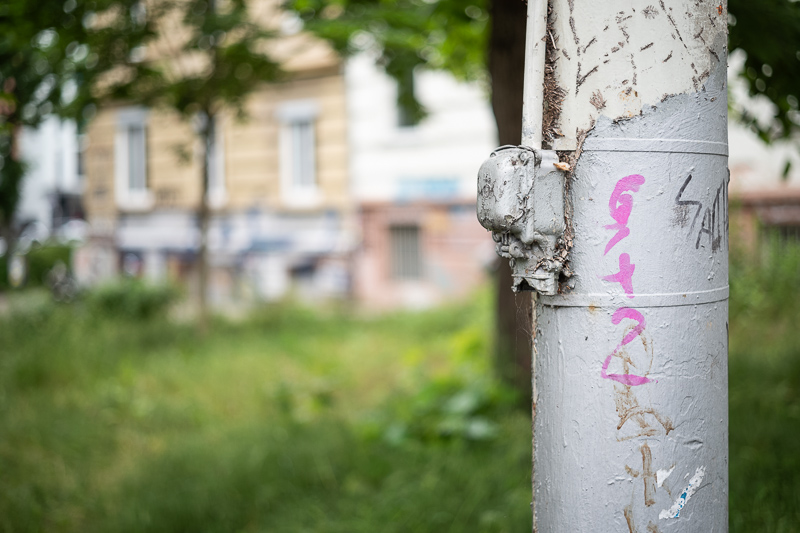




Over most of the frame this Thypoch lens creates a smooth, “modern” bokeh with very little outlining. Only towards the corners things get a bit busier. It reminds me a bit of the Voigtländer VM 40mm 1.4 when stopped down to f/2.0.
Long Distance
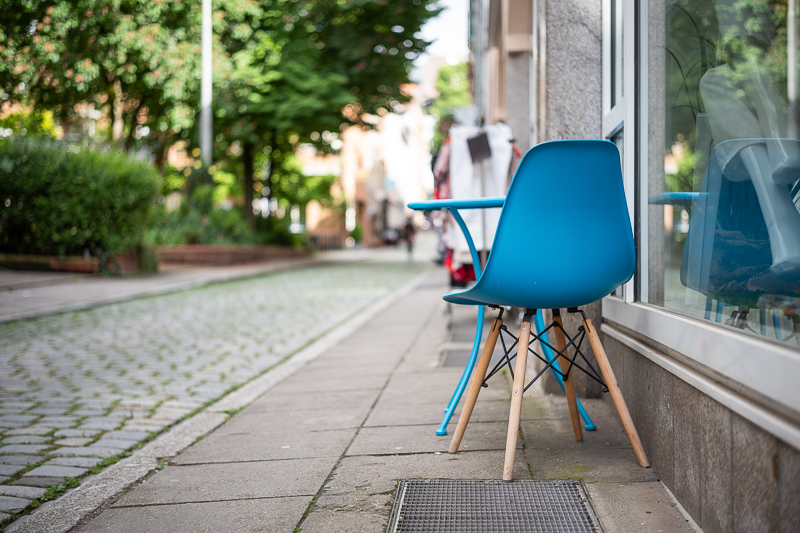



Some M-mount lenses have issues with field curvature at longer focus distances, bringing the corners back into the focal plane even though they shouldn’t be. This is luckily not the case here. Still, things are getting busier in the corners.
Fast 50mm M-mount lenses usually struggle on Sony cameras with their thick filter stack, but this Thypoch lens did already well in the sharpness section, so I thought it would be a good idea to have a closer look here and see how the lens performs on a Sony camera in comparison to a Leica camera.
At this distance, I see no meaningful difference.
Also at longer focus distances I hardly see a relevant difference, so there is little to no penalty using this M-mount lens on e.g. a Sony E or Nikon Z camera.
I think the reason for that is this lens being collapsible, as it leads to the rear element being comparably far from the sensor by design.
Long story short: a bit of vintage rendering, but generally well behaved.
Sunstars
Already the Thypoch 28mm 1.4 and 35mm 1.4 positively surprised me in this category: despite the high number of rounded aperture blades those lenses were capable of producing well defined sunstars stopped down. Thypoch really got this one right, and I hope they keep this diaphragm design for future lenses, as it strikes a great balance between creating naturally round out of focus highlights stopped down and distinct sunstars.
If you want to know more about sunstars have a look at this article.
Chromatic aberration
lateral
Lateral CA are very well corrected, there is nothing I could show you here.
longitudinal
Leica M10 | Thypoch Eureka 50mm 2.0 | 50% crops
This lens features an ED element that seems to do its job, as there is hardly any bokeh fringing to be found here. We can see some slight green outlining in these crops here, but this is a low amount and not something that will regularly ruin your backlit pictures.
Leica M10 | Thypoch Eureka 50mm 2.0 | 100% crops
Also purple fringing is hardly something to worry about.
Conclusion
good
|
average
|
not good
|
My major point of criticism is the strong focus shift. This lens shows some of the strongest focus shift I came across so far and this is definitely something to watch out for. If you buy this lens to mostly use it at f/2.0 – or if your camera is equipped with liveview – this won’t be an issue, if you often find yourself in the f/2.8 to f/4.0 range on the other hand, it might be.
The mechanics for collapsing and extending the lens left a solid impression. I used the feature a few times for the camera with lens to have a smaller footprint in the bag, but left it extended most of the time, so that it is ready to use when needed.
Reviewing this lens was a good reminder to never judge a book by its cover though. From its outside vintage appearance I also expected a vintage optical design similar to the Light Lens Lab 50mm Elcan or SP II. But what I found was a lens that is surprisingly sharp across frame from f/2.0, corrects most optical aberrations well and creates undistracting out of focus areas.
buy from manufacturer’s shop (use code PRNET for free shipping) | ebay.com | ebay.de | B&H (affiliate links) for $579 (aluminium) to $859 (brass)
Alternatives
Collapsible lenses are rare birds and I haven’t reviewed another one yet. This feature is definitely the main selling point of this Thypoch 50mm 2.0 Eureka and if you don’t really care about that, it might be worthwile to check out some other 50mm M-mount lenses here. A few of those alternatives might also be worth discussing here:
Light Lens Lab 50mm 2.0 Elcan
Not as well corrected, but it is as small as this Thypoch in its collapsed state and doesn’t need to be extended to be used.
buy from the official homepage | ebay.com (affiliate link) for ~$799
Voigtländer VM 50mm 1.5 Nokton II
Also a small and lightweight lens but noticeably faster. It also features a (different) vintage casing design.
buy from Robert White (UK) | B&H | ebay.com | ebay.de (affiliate links) for $749
Voigtländer VM 40mm 1.4 Nokton
Features a similar rendering when stopped down to f/2.0 and is just as small but a stop faster when you need it. It is also one of the cheapest Voigtländer lenses.
buy from amazon.com | ebay.com | ebay.de | B&H (affiliate links) starting at $300
Sample Images


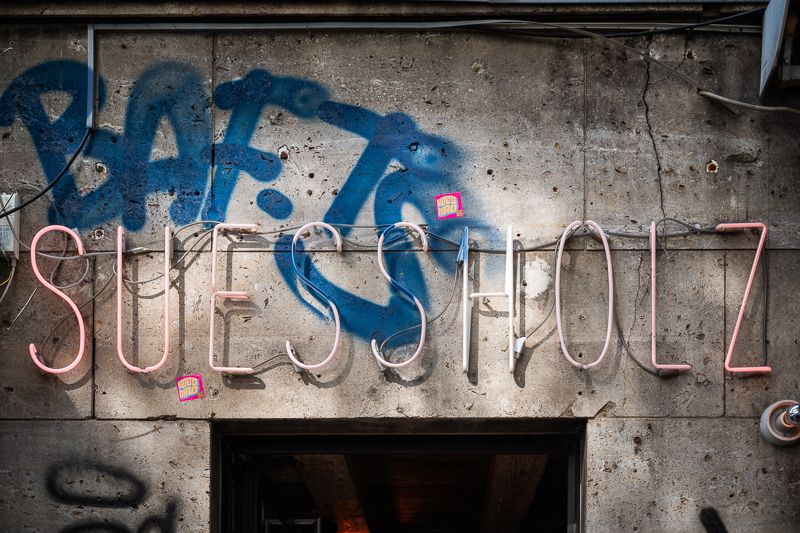



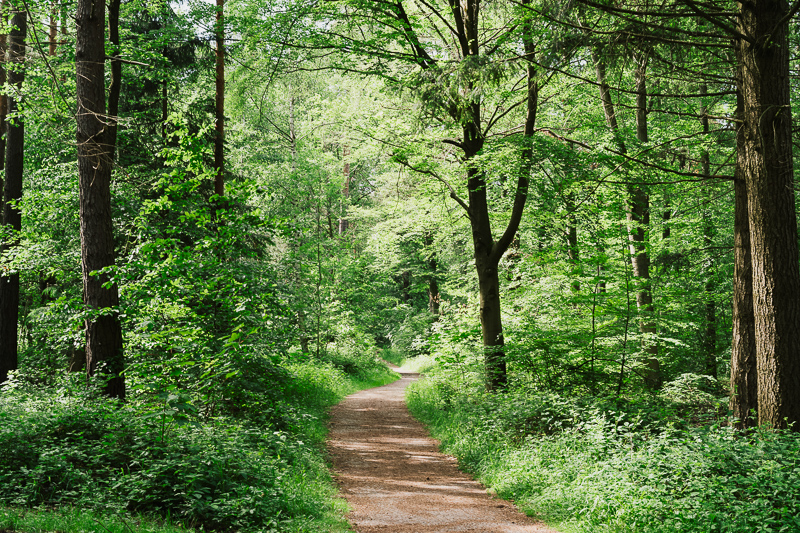



Most of the sample images in this review can be found in full resolution here.
Further Reading
- M-mount lens reviews
- Analogue Adventures
- Lens aberrations explained
- Review: Voigtländer VM 40mm 1.4 Nokton
- Comparison: Super Fast 50mm M-mount lenses
Support Us
Did you find this article useful or just liked reading it? Treat us to a coffee!
![]()
![]()
![]() via Paypal
via Paypal
This site contains affiliate links. If you make a purchase using any of the links marked as affiliate links, I may receive a small commission at no additional cost to you. This helps support the creation of future content.
Latest posts by BastianK (see all)
- Review: SLRmagic 50mm 0.95 Hyperprime LM - July 5, 2025
- Full Resolution Pictures getting fixed - July 4, 2025
- Analogue Adventures Part 42: A wedding with Eastman Double-X 200 - July 2, 2025
































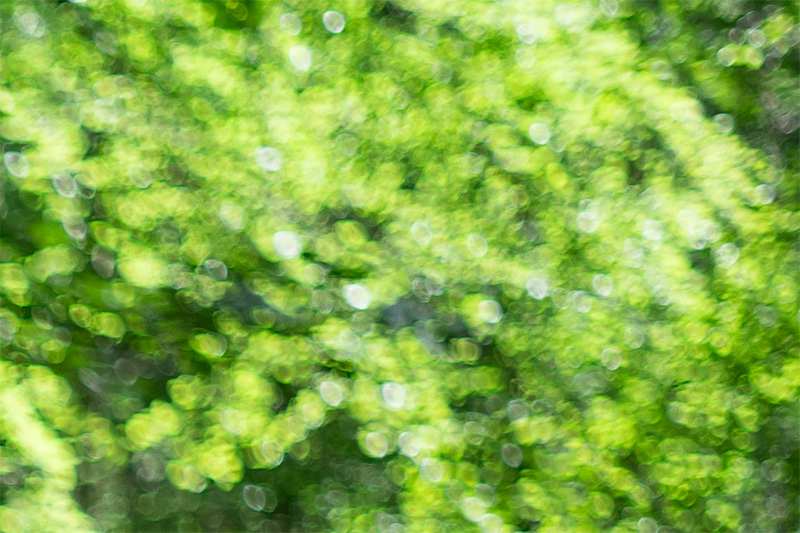
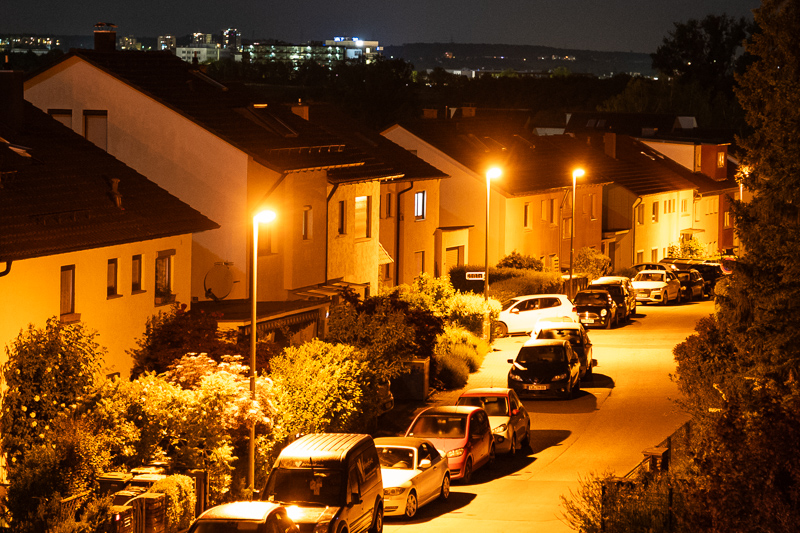






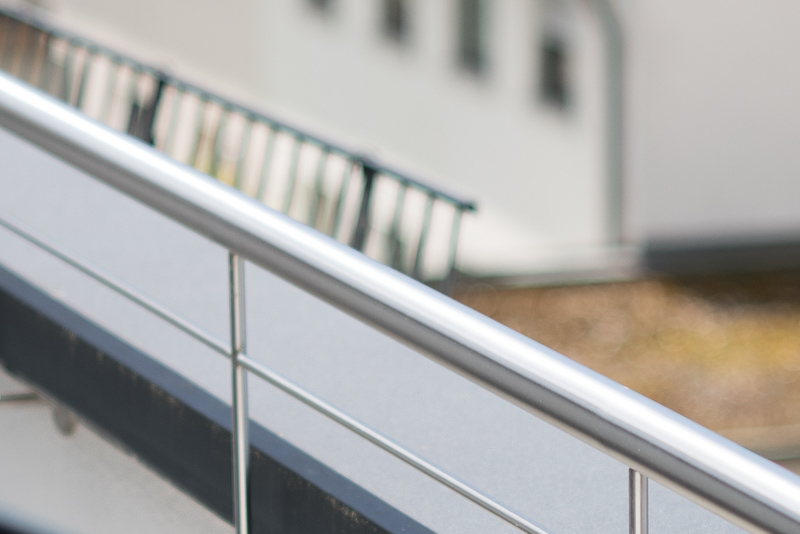
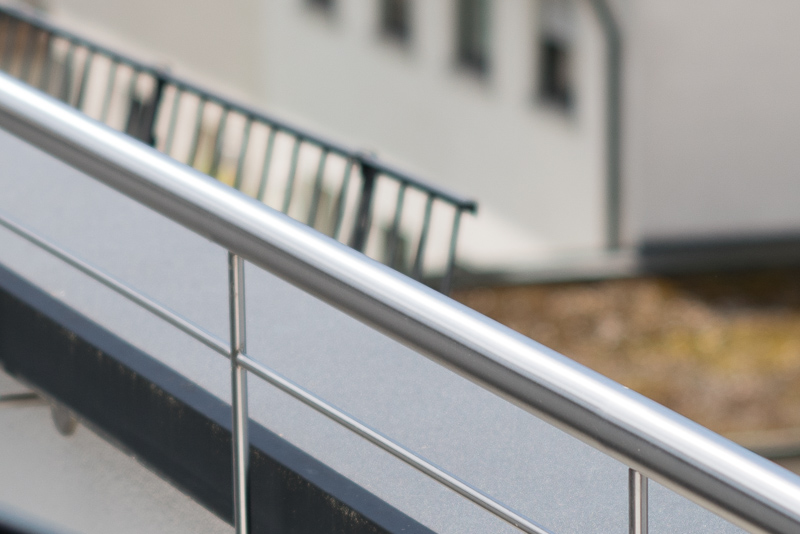


Very decent performance. Voigtlander also have a tiny new 50mm coming soon. Spoiled for choices!
Hi Bastian,
Great review, but be aware old Leica lenses take a36 filters. That seems to be the case here too.
You are right, I wasn’t aware that this filter type has been used before.
I still see it as a disadvantage compared to being able to use normal screw-on filters.
I love how small it is. If they made a pancake lens for M Mount that performed really well on sony and with the LM-EA9 I would probably cop it. Extra points if it’s a wide angle pancake
There will never be a wide angle pancake M-mount lens that performs well on Leica and Sony filter stacks.
that will take a whole new way of optical design with nano structures… But I have no idea about resolution, I can ask the optical specialists (laser/mirrors) at our project [Einstein Telescope]
😢
I find MS Optics Hipolion 19mm appear to have the same corner performance on a7R3 and M 240. I honestly don’t understand why.
The depth of field is so huge that the additional field curvature does not matter anymore.
really bummed about the 0.9m MFD and click less aperture but above all that this lens isn’t available in ltm . there’s no downside of using an adapted ltm lens on M cameras, and this one would pair really well with an old screw mount body . whyyyy
Can you collapse the lens without danger on Sony cameras?
Yes, not a problem at all.
The French mis´quote´ is hilarious… from Magrittes painting…
¨It is Magritte’s way of explaining that an image is not to be confused as a tangible object. ¨
https://navya15036.medium.com/ceci-nest-pas-une-pipe-3805860591f1
Great review as always!
Hi Bastian. I’m thinking of adding yet another 50mm to my already crowded 50mm collection. What would be your pick between this Thypoch and the Elcan?
Very interesting question!
As I get it, it won’t be your only/allround/everyday 50, so in that case I would go with the Elcan, as its size really brings something unique to the table.
The summilux is the king, the apo lanthar is the queen and this elcan will be the prince, kind of. Thanks for your help, my friend.
A little confused by the comment that the lens has no outlining in OOF highlights. To my eyes the lens’ rendering of OOF highlights clearly displays outlining in the test and examples shown.
looking forward to a review of the new 50/2.2 Voigtlander!
Can you tell me where you see outlining?
Thanks for the amazing review! Would you recommend the Eureka or Voigtlander VM 50mm 1.5 II?
Thanks! 🙂
I would go for the Voigtländer here. But maybe wait for the review of the Thypoch 50mm 1.4 Simera review which will be published the coming weekend.